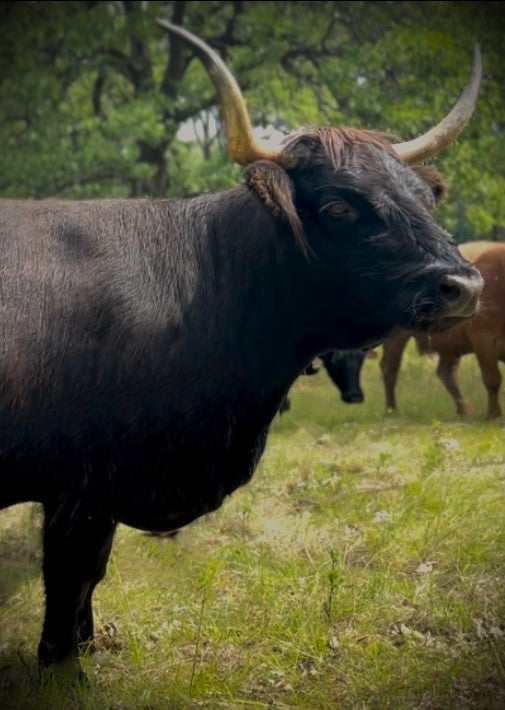
In Vitro Fertilization (IVF) Embryo Transfer
There are two main processes to embryo transfer in cattle. We have an article about Conventional Embryo Transfer (In-vivo) under our learn tab. If you're new to embryo transfer, I would highly recommend taking a look as it covers the basics. This blog will focus on In Vitro Fertilization of Embryos used for Transfer (aka IVF). it is important to note:
In Vivo = "In life" process takes place within the cow
In Vitro = "In Glass" process takes place externally from the cow, generally in a lab.
Collection Method:
IVF is another method of collecting and transferring embryos in cattle. the IVF process begins with ovum pick up (OPU). The OPU technician starts by palpating the ovary rectally, and then aligning the ovary with the ultrasound-guided needle assembly. This process collects immature oocytes from follicles that are on the donor’s ovaries. Every follicle should contain one immature oocyte, which will then be aspirated. This is a non-surgical procedure that does not disrupt the heat cycle of the cow. Female cattle always have follicles on their ovaries, so this procedure can occur between 0-100 days of pregnancy or 15 days after calving.
FSH (follicle stimulating hormone) protocols prior to the OPU for increased results can also be used.
Collecting Pregnant Cows:
Pregnant cows can be used as donor animals without increased risk of pregnancy loss up to about 100 days of gestation. After that time, the ovary becomes physically out of reach preventing collection of oocytes
In The Lab:
Once the oocytes are collected and sorted based off quality, they are then matured into viable eggs in an incubator for 21-24 hours before being fertilized with semen. This usually occurs in a Petri dish that and then left to age and mature for another 7 days. Generally about 1/3 of the oocytes collected become viable eggs. After 7 days the embryos can be placed in the synched recipient cows or can be frozen for later use.
- Follicles create oocytes
- Oocytes are unfertilized, immature eggs
- Eggs are mature oocytes that are ready for fertilization
- after egg is fertilized, is then an Embryo
Pros of IVF
- females can be collected when pregnant
- able to sort semen (such as using sexed semen)
- can collect on young females without the stress of pregnancy
- able to collect donor twice within 30 days
Cons of IVF
- more training required to perform the procedure
- generally overall lower conception rates then with In Vivo Embryo Transfer
Conception Rates
Average Conception Rates of IVF embryos range from 40-50%. So if 21 Oocytes are collected via OPU, generally 7 of those 21 oocytes become viable eggs in the Petri dish, 3-4 of those oocytes become viable embryo's. IVF does have less of a success rate then the conventional in vivo embryo transfer method. However, it is overall less stress on the cow, keeps her breeding schedule on track with the rest of the herd.

Photo From - (UK Website)
Other Good Resources for IVF:
Share
